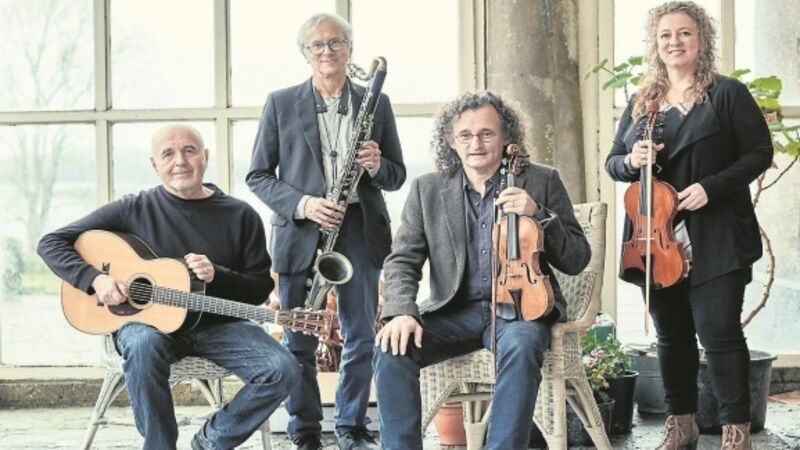From céilí bands to new quartets, musician Martin Hayes adds another string to his bow

Fiddler Martin Hayes met jazz clarinettist Doug Wieselman while recording for RTÉ’s Other Voices series in New York.
New York native Wieselman was playing in the house band, and Hayes had taken his seat to perform without an introduction, hardly noticing what instrument Wieselman played.











